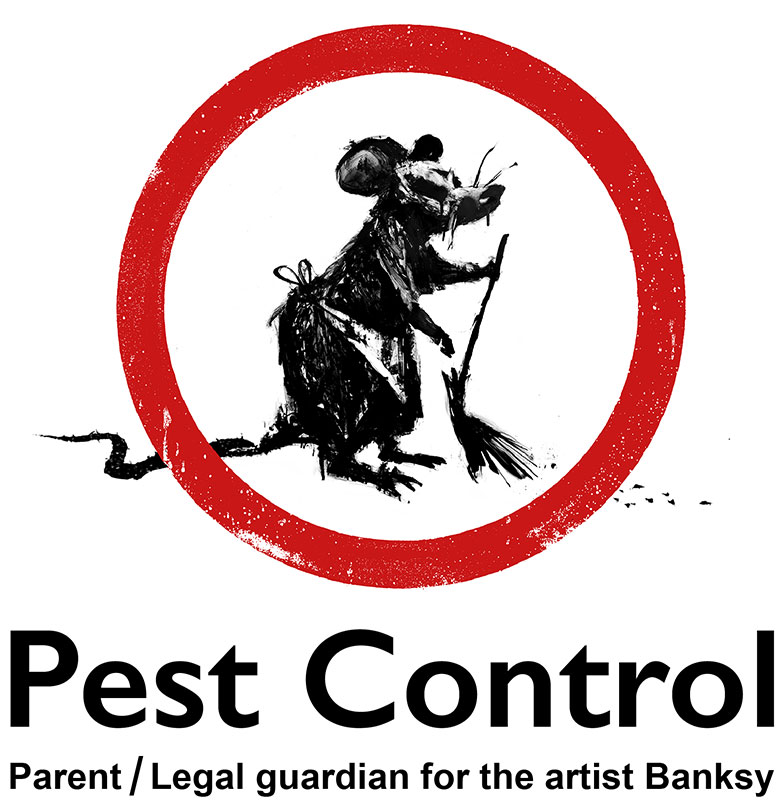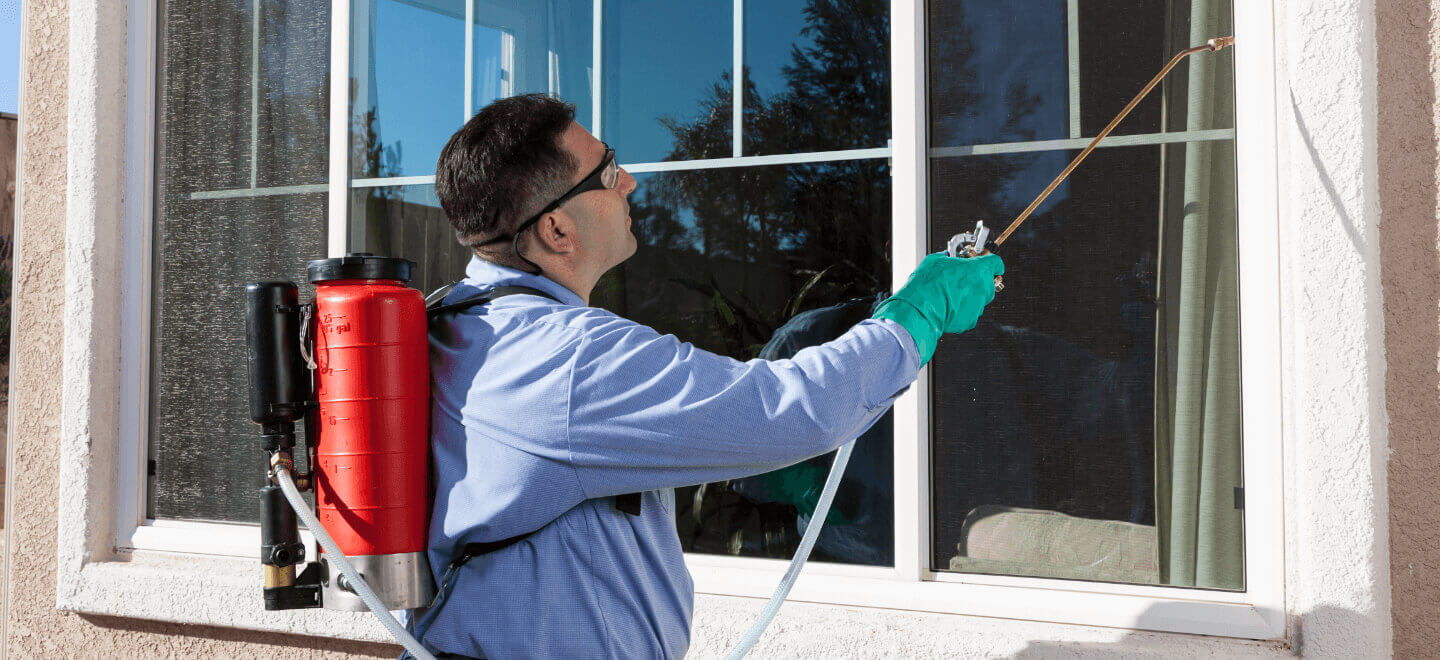A1 Bed Bug Exterminator Charlotte - Specialized Bed Bug Removal
A1 Bed Bug Exterminator Charlotte - Specialized Bed Bug Removal
Blog Article
Bed Pest Treatment Malfunction: Contrasting Chemical Vs. Non-Chemical Solutions
In the world of pest control, especially when dealing with the persistent concern of bed pests, the option between chemical and non-chemical therapy remedies can be a critical one. Both techniques provide distinct advantages and disadvantages, affecting factors such as performance, safety considerations, and general price. By taking a look at the nuanced information of each technique, a clearer understanding of which course to pursue in dealing with a bed insect problem can be achieved.
Performance of Chemical Treatments
Chemical therapies for bed insect infestations have been widely recognized for their rapid and potent effectiveness in removing these insects. When taking into consideration the performance of chemical treatments, it is vital to recognize that they can offer a extensive and quick option to a bed bug issue.
Furthermore, chemical therapies have the advantage of using recurring results, indicating that they can remain to get rid of bed bugs even after the first application. This residual activity is particularly helpful in combating any type of possible re-infestations. Furthermore, the fast activity of chemical treatments can bring relief to individuals encountering extreme bed bug invasions, permitting them to gain back control of their home swiftly.
Safety Issues With Chemical Solutions
One crucial aspect that calls for cautious consideration when utilizing chemical services for bed pest therapy is making certain the safety of occupants and the atmosphere. Direct exposure to certain chemicals utilized in bed bug treatments can lead to respiratory problems, skin irritability, or various other unfavorable reactions, specifically in individuals with pre-existing conditions or level of sensitivities.
Furthermore, the ecological influence of chemical solutions is an additional substantial consideration. Some chemicals utilized in bed insect treatments may be hazardous to advantageous insects, wildlife, and ecosystems if they seep right into the dirt or water systems. It is vital to use chemical therapies sensibly, complying with security guidelines, and taking into consideration less hazardous options to minimize these dangers and ensure the safe and reliable management of bed insect invasions.
Benefits of Non-Chemical Approaches
Thinking about the possible safety issues and ecological impact linked with chemical services for bed insect treatment, exploring non-chemical strategies provides a promising alternative with a number of distinctive benefits. Non-chemical treatments are ecologically pleasant, as they do not add to air or water pollution, making them a lasting selection for parasite control.
Additionally, non-chemical remedies can be efficient in targeting bed bugs, consisting of hard-to-reach locations where chemical therapies may not penetrate - A1 charlotte bed bug exterminator. Techniques such as warm therapy, vacuuming, steam cleaning, and cushion encasements offer comprehensive obliteration without the use of hazardous chemicals.
Limitations of Non-Chemical Treatments

In addition, non-chemical treatments frequently need multiple applications to attain effective obliteration. This can be lengthy and may not always guarantee total removal of all bed insects and their eggs, specifically in surprise or hard-to-reach places.
Moreover, the success of non-chemical treatments greatly counts on appropriate execution and thoroughness, which can be challenging for individuals without expert competence. Insufficient application of non-chemical techniques may cause incomplete eradication, resulting in consistent invasions and the demand for extra therapies.
As a see this website result, while non-chemical treatments have their advantages, it is necessary to acknowledge these restrictions and consider them when determining one of the most effective approach for handling bed pest invasions.
Expense Comparison: Chemical Vs. Non-Chemical Options
Provided the constraints related to non-chemical treatments, a vital element to evaluate in the context of bed insect monitoring is the cost comparison in between chemical and non-chemical alternatives. Chemical therapies commonly involve the application of pesticides by specialists, which can range from $250 to $900 per room, depending on the extent of the problem and the size of the location to be treated. In contrast, non-chemical therapies like warm treatment or heavy steam can be a lot more pricey, use this link with costs varying from $1,000 to $6,000 for an entire home. While the initial expense have a peek at these guys of chemical treatments might appear reduced, multiple therapies might be required to completely get rid of the problem, potentially increasing the overall expense. On the other hand, non-chemical options might supply a more eco-friendly and sustainable service, although they can be cost-prohibitive for some individuals. Eventually, when considering the price of bed pest therapy options, it is very important to evaluate the ahead of time costs versus the performance and long-lasting sustainability of the picked technique.
Verdict

Thinking about the potential safety and security problems and environmental impact associated with chemical remedies for bed insect treatment, discovering non-chemical strategies presents an encouraging alternative with a number of unique advantages.Offered the limitations linked with non-chemical treatments, an important facet to examine in the context of bed insect management is the expense contrast between chemical and non-chemical alternatives. In comparison, non-chemical therapies like warm treatment or steam can be more costly, with costs ranging from $1,000 to $6,000 for an entire home. While the initial expense of chemical therapies may appear reduced, multiple treatments may be called for to completely get rid of the invasion, potentially increasing the overall expense.In conclusion, when contrasting chemical and non-chemical bed pest therapy options, it is crucial to think about performance, safety, advantages, constraints, and expense.
Report this page